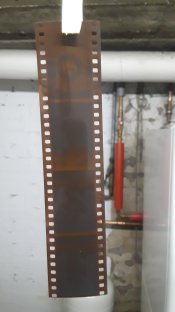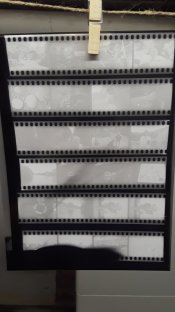Hi
I developed a roll with Adonal (admittedly not long enough) & now my negs are too dark so its hard to focus them through my enlarger. Is there anything I can do to lighten them to make succesful prints or is it too late?
I developed a roll with Adonal (admittedly not long enough) & now my negs are too dark so its hard to focus them through my enlarger. Is there anything I can do to lighten them to make succesful prints or is it too late?








